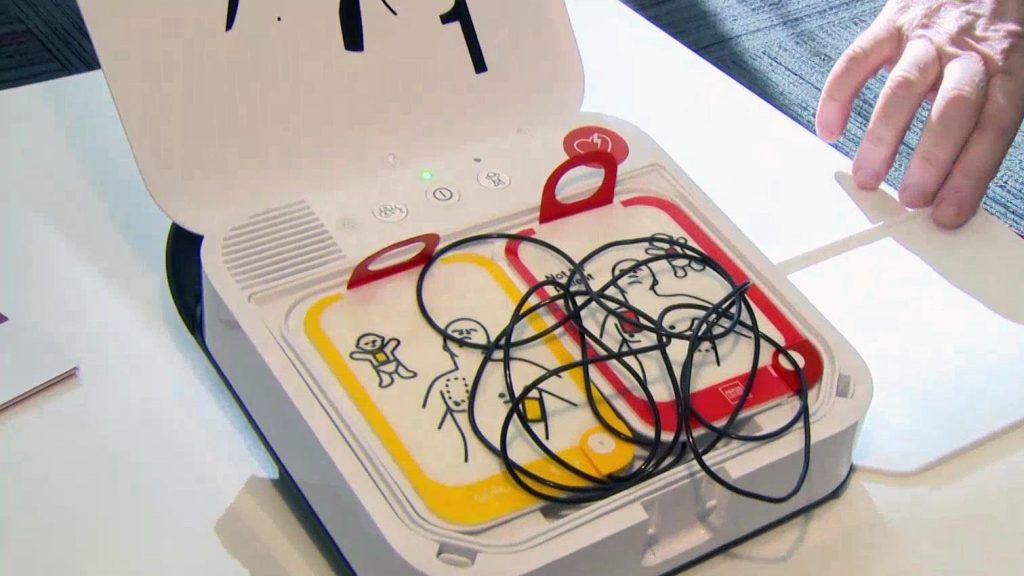Service resumes after Toronto paramedics issue another code red due to ambulance shortage

Posted October 30, 2023 10:27 pm.
Last Updated October 31, 2023 6:40 pm.
Service has since resumed but Toronto’s Paramedic Union (TCEU Local 416) has once again been forced to issue a code red due to an ambulance shortage that impacted those needing urgent care.
On Monday, the union shared an update on the social media platform X that a code red was in effect and that no transport ambulances were available in the city.
“Ambulance for an unconscious elderly person was over 28 minutes away, and Peel Paramedic Services had to be called in to help,” the union wrote on X.
In a video uploaded to YouTube four days ago, the union said they’re underfunded and “dangerously understaffed.”
“Lives are at stake, and every second counts.”
Mayor Olivia Chow said one of the main issues is the amount of time it takes paramedics to off-load patients at Toronto’s busy downtown emergency rooms.
“It is so frustrating to watch the ambulance folks just sitting there waiting, not just ambulance but fire and police, just waiting there at the emergency ward.”
Toronto ER physician Dr. Kashif Prizada tells CityNews the issue is chronic and complicated.
“The reason hospitals are overcrowded is because we can’t move people out of the ER because the beds in the hospital are full so the province needs to step up,” said Dr. Prizada. “We need more staff. Obviously, we need more paramedics out there [and] more ambulances. Things have changed people sicker and getting sicker than they used to before.”
This isn’t the first code red that the paramedic union has administered this month.
Mike Merriman, chair of the CUPE Local Paramedic Unit, told CityNews periods of no ambulance availability are happening almost every day and feels the city sensing the urgency.
“I mean it’s an emergency service with absolutely no surge capacity whatsoever so if there is ever a major event in Toronto, a mass casualty incident, they are going to have a serious problem.”
In early October, the volume of calls was so high that TCEU Local 416 said the service couldn’t keep up. Merriman said it got so bad that some patients waited up to eight hours for an ambulance.
A spokesperson for Toronto Paramedic Services told CityNews during the first code red that “There are no borders for ambulances,” adding that the closest ambulance is always chosen to respond to high-priority calls “regardless of location.”
For Toronto Paramedics, the City of Toronto announced a $315.7 million investment in its current budget — a $21 million (or 7.1 per cent increase) from the 2022 budget. The funding was supposed to include the hiring of additional paramedics.

“If the Toronto City Council doesn’t invest in paramedicine and commit to delivering better care, there will continue to be [fewer] paramedics available, leading to longer ambulance wait-times, and in many cases, reach status ‘code red’ when there are no ambulances available to respond to a 9-1-1 call,” the union writes on its website.
Toronto Paramedic Services has said its workers will shift from low-priority calls to high-priority matters when necessary.
“Higher priority calls will always be responded to first,” a spokesperson said in early October.
According to statistics provided by TCEU Local 416, Toronto Paramedic Services faced 1,139 code reds in 2021 and cited a 26 per cent increase in occupational stress injuries among Toronto paramedics over the past year.








